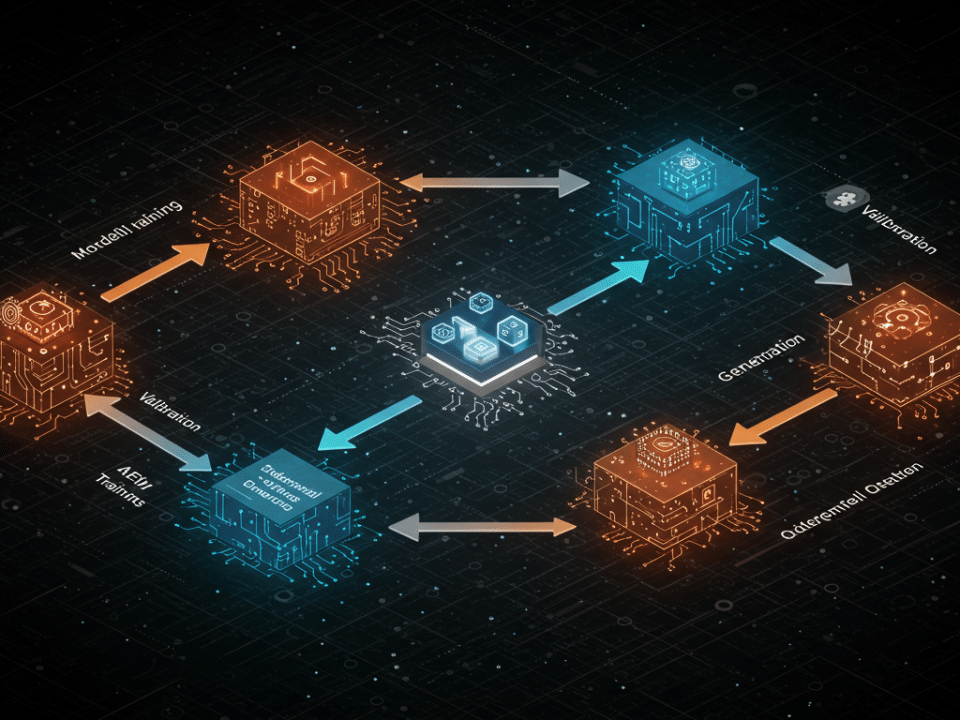
Your Mobile Device is a Cybercriminal’s Dream Target – Here’s How to Fight Back
October 23, 2023
Supply Chain Attacks: A Weak Link in the Cybersecurity Chain?
October 27, 2023Cloud computing has revolutionized the way businesses operate, providing scalability, agility, and cost savings. However, as cloud adoption continues to grow, so too does the risk of cloud security vulnerabilities.
In recent years, there has been a significant increase in the number and severity of cloud security attacks. In 2022, cloud-based attacks grew by 48% compared to the previous year. And the average cost of a data breach is now over $4 million.
Cloud security vulnerabilities can be exploited by attackers to gain access to sensitive data, disrupt operations, or even launch denial-of-service attacks. Some of the most common cloud security vulnerabilities include:
- Misconfigurations: Misconfigured cloud settings can expose sensitive data to unauthorized users or allow attackers to execute malicious code.
- Insecure interfaces: Insecure cloud interfaces can be exploited to gain unauthorized access to cloud resources or launch attacks against other systems.
- Account hijacking: Attackers can hijack cloud accounts by phishing or brute-forcing passwords. Once an account is hijacked, the attacker can use it to access sensitive data, disrupt operations, or launch attacks.
- Software vulnerabilities: Software vulnerabilities in cloud applications or operating systems can be exploited by attackers to gain unauthorized access to cloud resources or launch attacks.
Why is cloud vulnerability increasing?
There are a number of factors contributing to the increase in cloud vulnerability. One factor is the rapid and widespread adoption of cloud services. More and more businesses are moving their applications and data to the cloud, which creates a larger target for attackers.
Another factor is the complexity of cloud environments. Cloud environments are often complex and involve a variety of different technologies and services. This can make it difficult for organizations to identify and mitigate all of the potential security risks.
Finally, the increasing sophistication of cyberattacks is also contributing to the increase in cloud vulnerability. Attackers are constantly developing new techniques to exploit cloud vulnerabilities.
What can organizations do to mitigate cloud vulnerability?
Organizations can take a number of steps to mitigate cloud vulnerability, including:
- Implementing least privilege access: Grant users only the access they need to do their jobs.
- Using strong passwords and multi-factor authentication: To protect cloud accounts from unauthorized access.
- Regularly backing up data: To recover from data loss or corruption.
- Monitoring cloud activity for suspicious behavior: To detect and respond to attacks quickly.
- Keeping software up to date: Applying patches promptly to address software vulnerabilities.
- Implementing a cloud security posture management (CSPM) solution: A CSPM solution can help organizations to identify and remediate cloud security risks.
Organizations should also be aware of the latest cloud security threats and vulnerabilities. This can be done by subscribing to security alerts and advisories from cloud providers and security vendors.
Cloud security vulnerabilities are a growing threat to businesses of all sizes. Organizations need to take steps to mitigate these risks by implementing strong security measures and staying up to date on the latest threats and vulnerabilities.
Additional tips for mitigating cloud vulnerability
- Educate employees about cloud security: Employees should be aware of the risks of cloud security vulnerabilities and how to protect themselves.
- Conduct regular cloud security audits: This will help to identify and remediate cloud security risks.
- Have a plan for responding to cloud security incidents: This plan should include steps for detecting, investigating, and containing incidents.
By following these tips, organizations can reduce their risk of being compromised by cloud security vulnerabilities.
#cloudsecurity #cybersecurity #vulnerability #threatintelligence #riskmanagement




